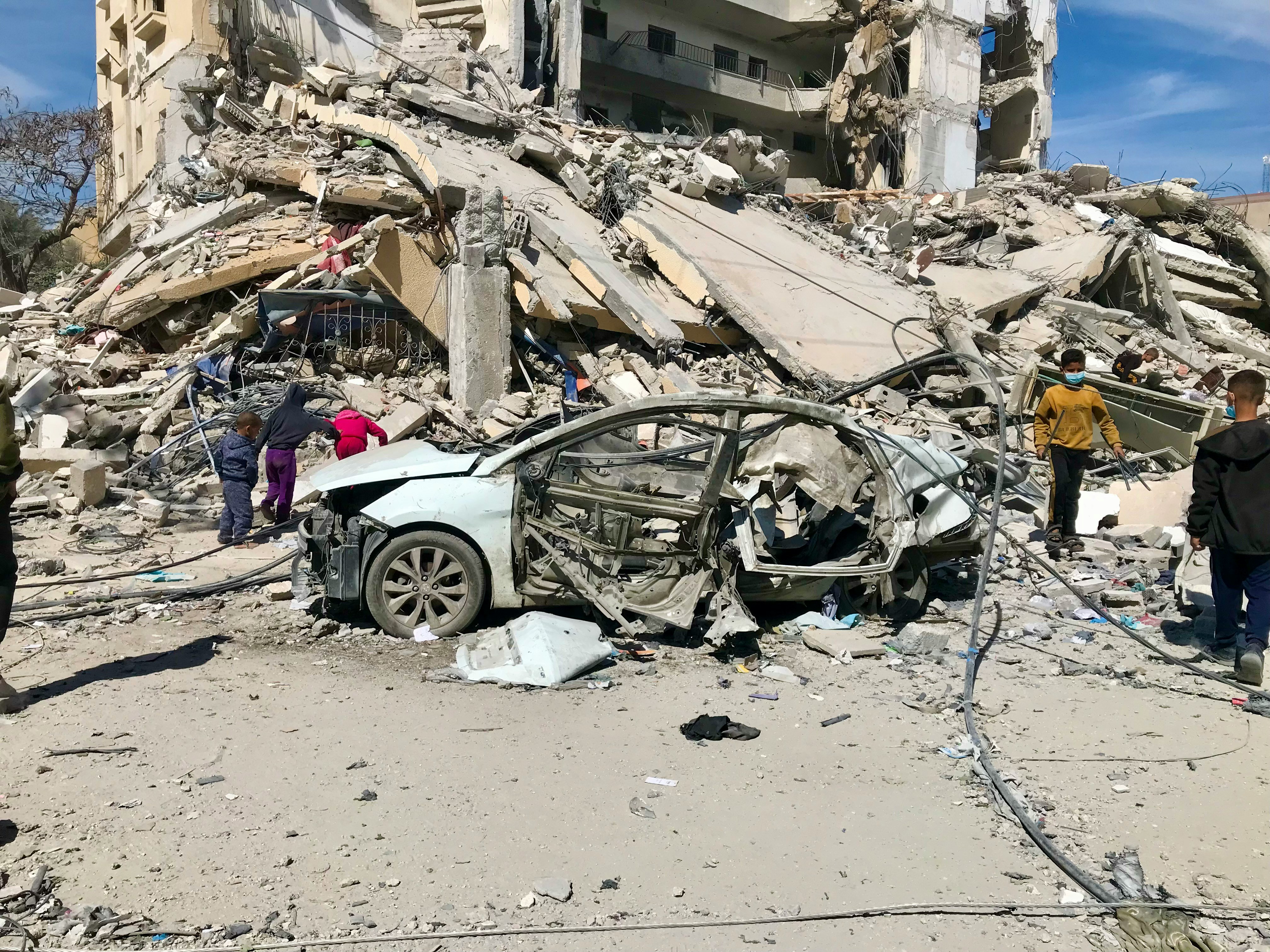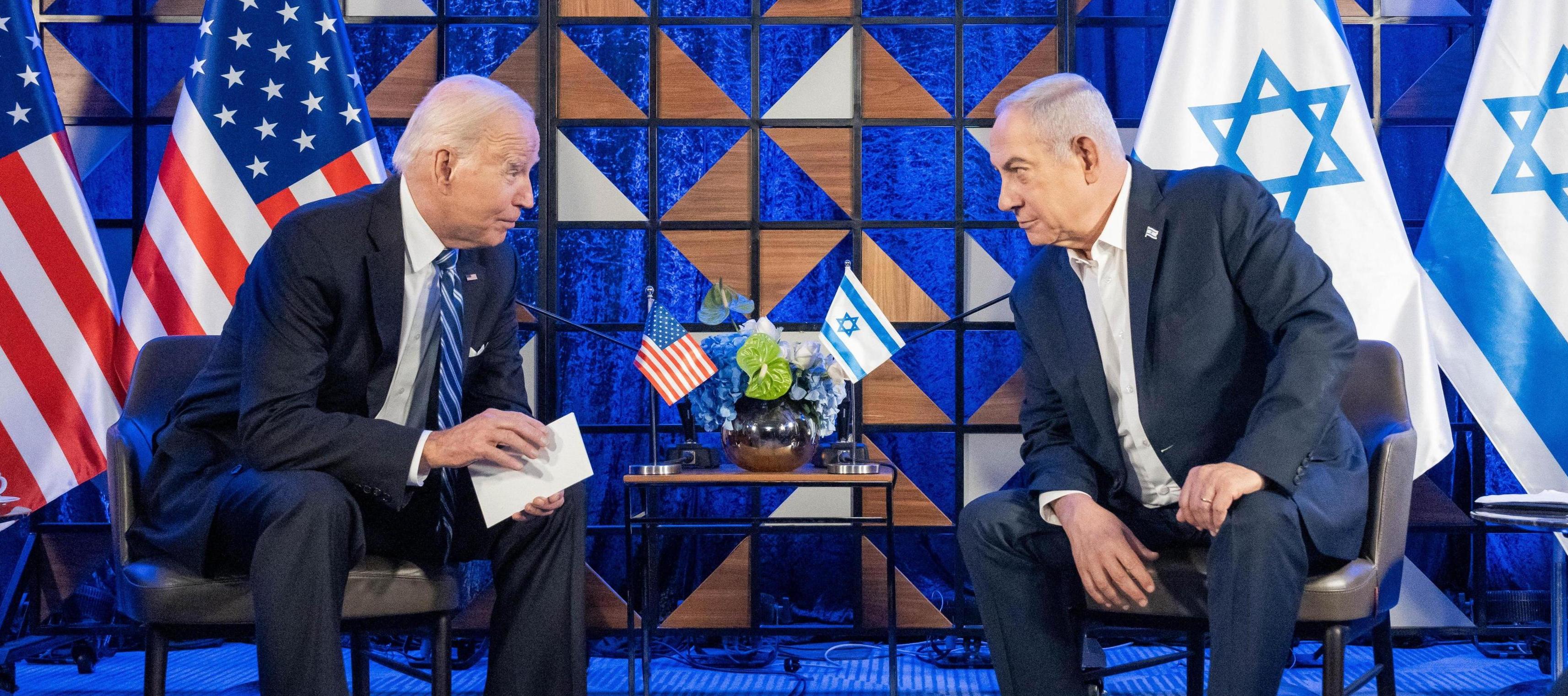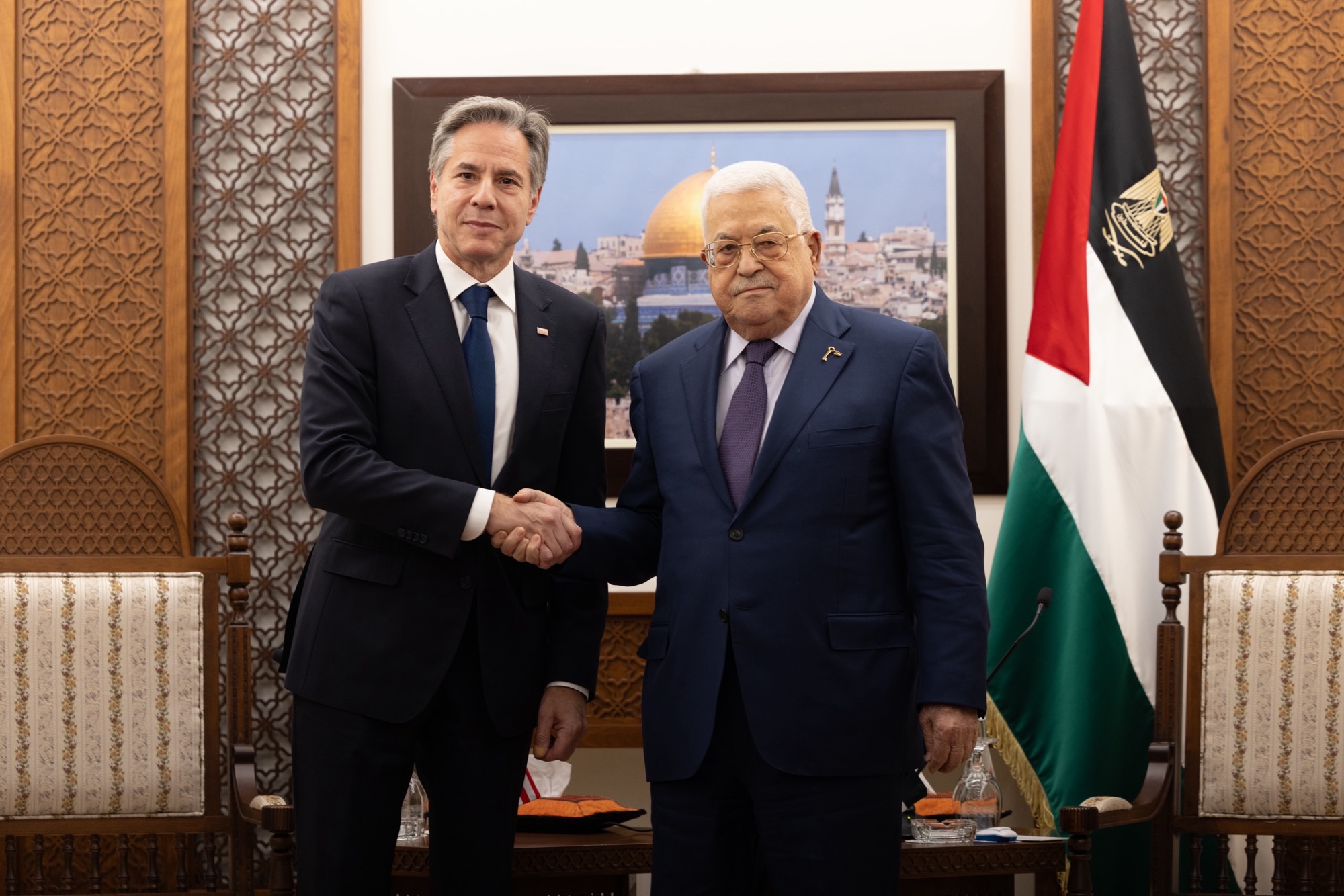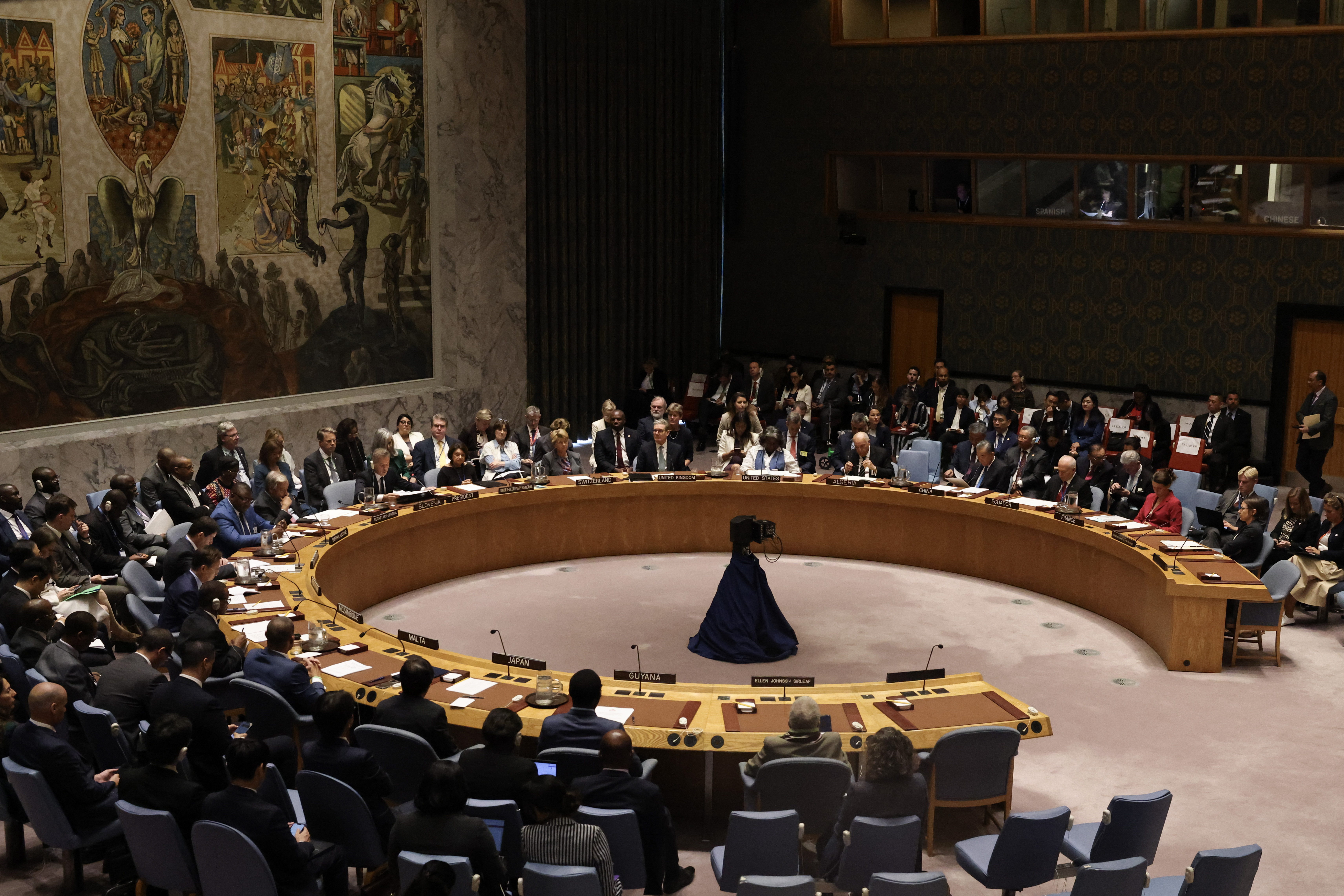By eliminating Hezbollah’s leadership it knew so well, Israel has potentially created a new problem for itself.
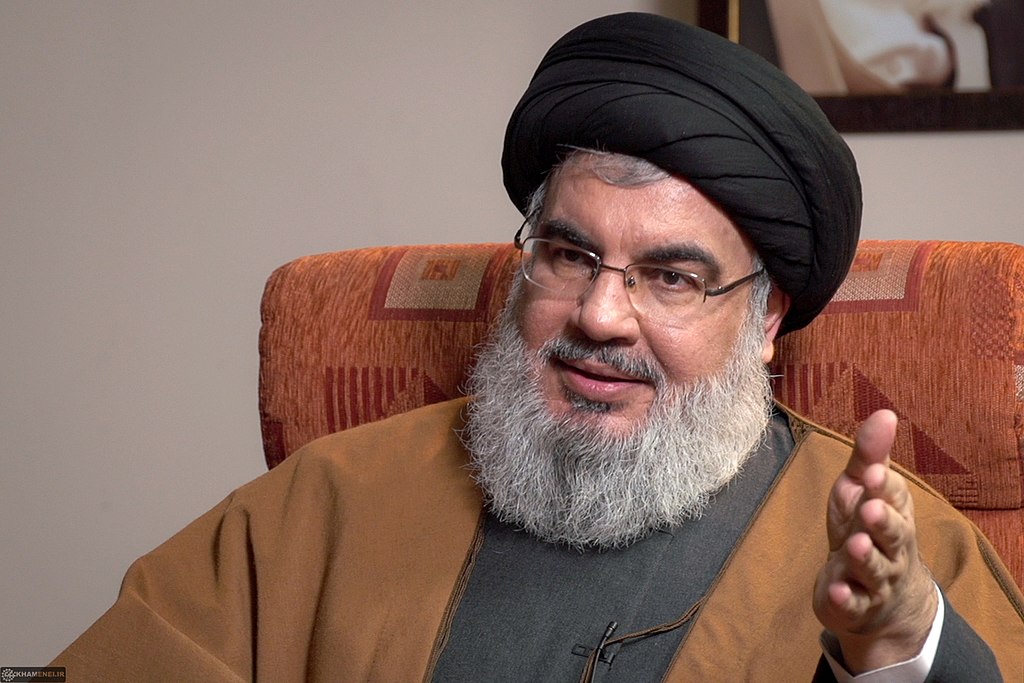 Sayyed Hassan Nasrallah. Israel’s tactic of assassinating senior Hezbollah leaders may actually pose a threat to its operational objectives. : Khamenei.ir CCBY4.0: This is a file from the Ali Khamenei website, which states in its footer, “All Content by Khamenei.ir is licensed under a Creative Commons Attribution 4.0 International License.”
Sayyed Hassan Nasrallah. Israel’s tactic of assassinating senior Hezbollah leaders may actually pose a threat to its operational objectives. : Khamenei.ir CCBY4.0: This is a file from the Ali Khamenei website, which states in its footer, “All Content by Khamenei.ir is licensed under a Creative Commons Attribution 4.0 International License.”
By eliminating Hezbollah’s leadership it knew so well, Israel has potentially created a new problem for itself.
There is a paradox at the heart of Israel’s tactics in Lebanon.
While it steps up its bombing campaign in southern Lebanon, the assassination of senior Hezbollah leaders may actually pose a threat to its operational objectives.
By eliminating the old guard, Israel has lost a critical element highlighted by Sun Tzu in The Art of War: to know oneself, to know the battlefield, and to know the enemy. Israel now faces an unfamiliar enemy – a new adversary it knows nothing about.
The importance of intelligence
Since its founding in 1952, Israel’s Unit 8200, with the assistance of Unit 504, has been tasked with gathering intelligence on every conceivable target under the sky, with Hezbollah being a major focus of these efforts.
The intelligence effort Israel had accumulated since the group’s formation in 1982 has likely been lost. There are several reasons.
In 1982, Israeli intelligence first recognised Hezbollah as a new adversary in southern Lebanon, adding to the enemies Israel already faced in the region.
Three years later, Israeli intelligence played a key role in forming the southern security zone and managing profiles on 1,150 Lebanese and Palestinian prisoners, eventually released in a prisoner exchange deal for three Israeli soldiers.
By 1986, the Israeli Military Intelligence Directorate (Aman) analysed the leadership structure of Hezbollah, seeking to kidnap a key figure to exchange for the missing Israeli airman Ron Arad.
In 1992, Unit 8200 was instrumental in the assassination of Hezbollah Secretary-General Abbas al-Musawi, leading to the rise of his successor, Hassan Nasrallah, whose assassination was announced in September 2024 after an Israeli airstrike.
The following years saw continued Israeli intelligence efforts, including during the 1993 and 1994 conflicts, where Unit 8200 and Unit 504 identified Hezbollah strongholds for Israeli strikes, often with lethal results for Hezbollah combatants.
In the 2006 Lebanon War, Unit 8200 played a decisive role in establishing Israel’s target bank for airstrikes on Lebanon, heavily relying on intelligence gathered by Israeli forces during and before the attack.
Know your enemy
For nearly 30 years, Israeli intelligence has closely monitored top Hezbollah figures such as Wissam al-Tawil, Ahmed Wahbi, Taleb Abdullah, Mohammad Nasser, Fouad Shukr and Ibrahim Aqil.
Israel knows these leaders in great detail: where they live, the cars they drive, their relatives, their childhoods, their weaknesses, their strengths, their popularity, their roles and, most importantly, how they think and react.
With this deep understanding, Israel has been able to anticipate Hezbollah’s moves, informed by more than three decades of experience with these individuals.
Israeli intelligence has tracked these leaders across various conflicts in Lebanon, Syria, Yemen and Iraq, and even followed them to Bosnia and Herzegovina.
The difference between Hezbollah and the Israeli military lies in their operational structures.
Hezbollah relies on specialised combat units, whereas Israel uses a conventional military structure. This structure is often bureaucratic and resistant to improvisation in battle.
Thus, the dynamic between an army and a militant organisation hinges on how well the army understands the key leaders driving the organisation’s operations, determining how, when, where, and in which intensity they will launch the attack.
Organisations like Hezbollah operate to conquer goals that their leaders set and strategise how to achieve. Israel eliminated these leaders, after it came to know them well.
An advantage lost
In a scenario of total war, Israel had an advantage by leveraging its deep knowledge of these assassinated leaders. Israel knew how they thought, how they responded to challenges. It was able to assess the threats.
However, in pursuit of short-term tactical gains, Israel has forfeited its operational edge. This has left Israel in the dark about the new generation of Hezbollah commanders.
Does Israel know these new leaders? Has it monitored them across Lebanon, Syria, Yemen, Iraq, or Bosnia? How long will it take for Israel to identify them and task Unit 8200 with renewed intelligence projects?
What will Israel do if war breaks out tomorrow, and its army faces a new generation of Hezbollah leaders with the experience of their predecessors but with fresh capacities and visions?
This new generation is eager to prove itself, and that wasn’t a thing with the previous leaders, because they built the whole system. But now these young leaders will do this, at any cost.
In this context, Israel’s recent tactical advance might become a significant threat on an operational level.
Ahmad Ghosn is pursuing a Master’s Degree in Strategic and Military Studies at the Research and Strategic Studies Center in the Lebanese Army and Lebanese University, Beirut. He has worked as a security evaluation specialist and specialises in policy analysis, security studies, and international policy. He is also a YLP8 Alumni, recipient of the Value & Values Award for best writer in Lebanon, and winner of the United Nations Office on Drugs and Crime National Award.
Originally published under Creative Commons by 360info™.



